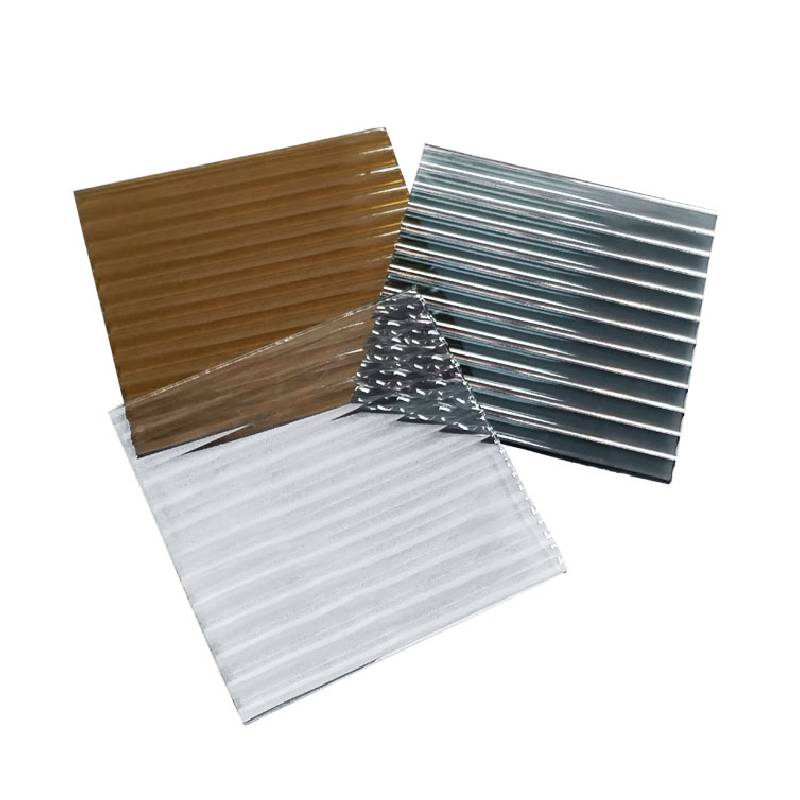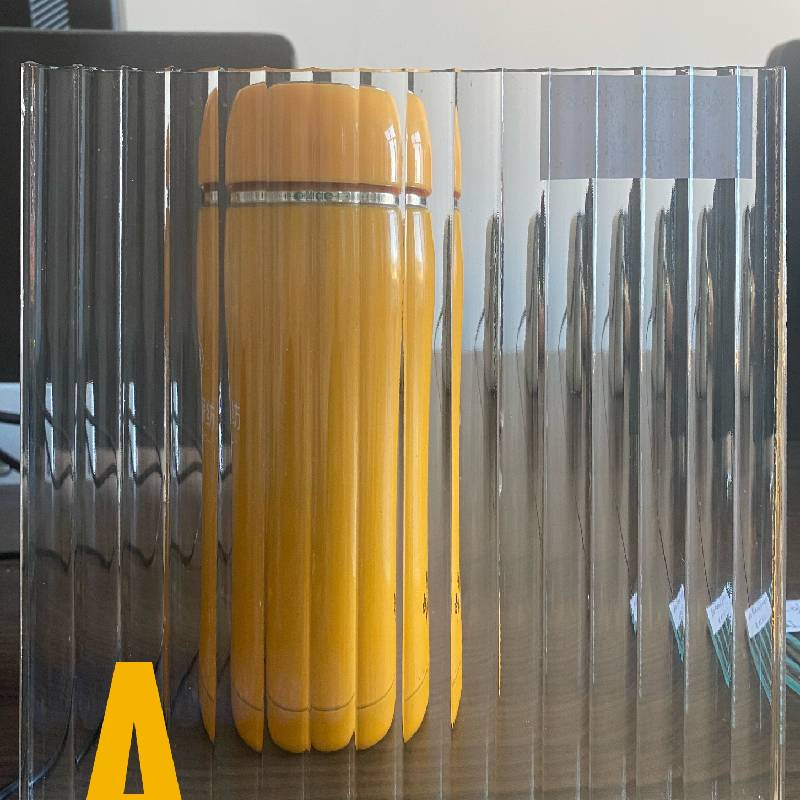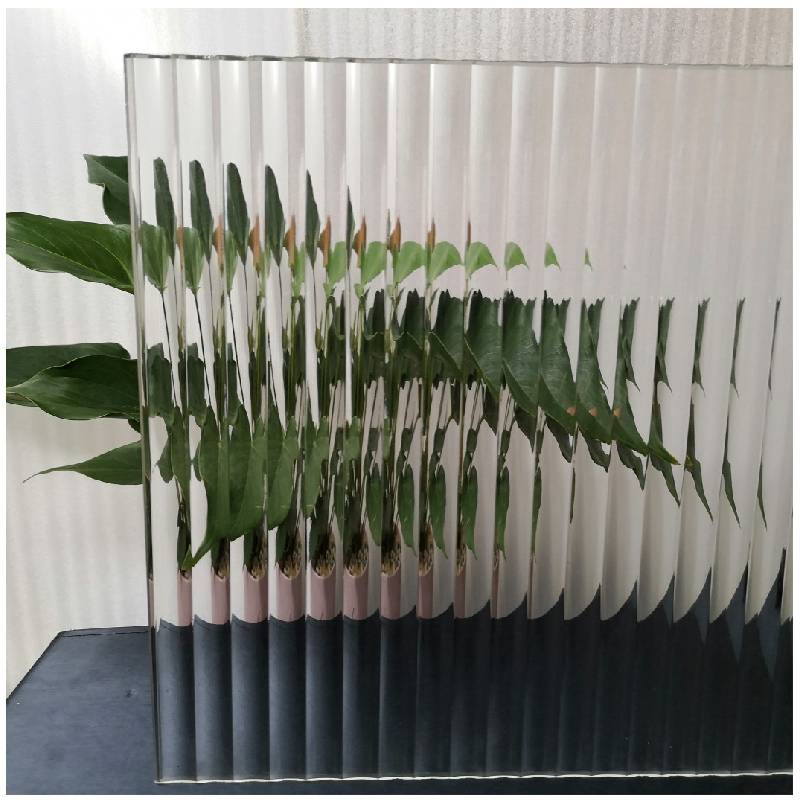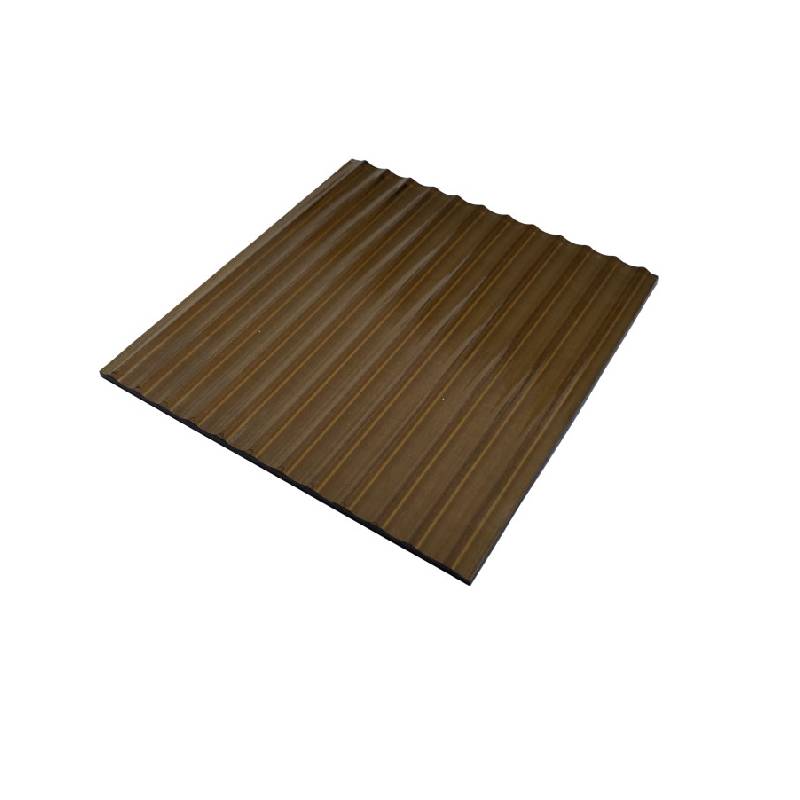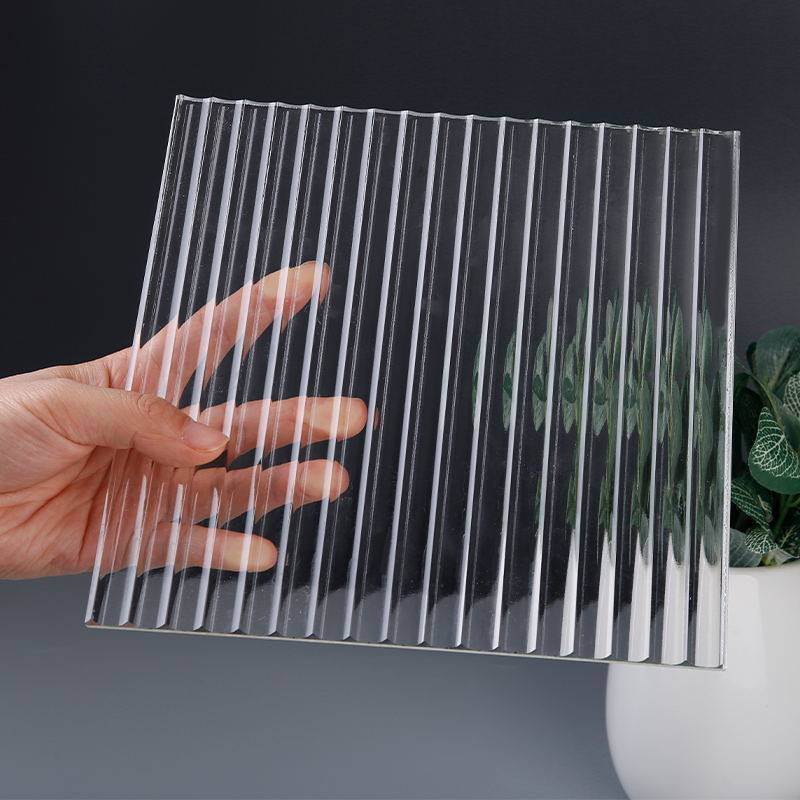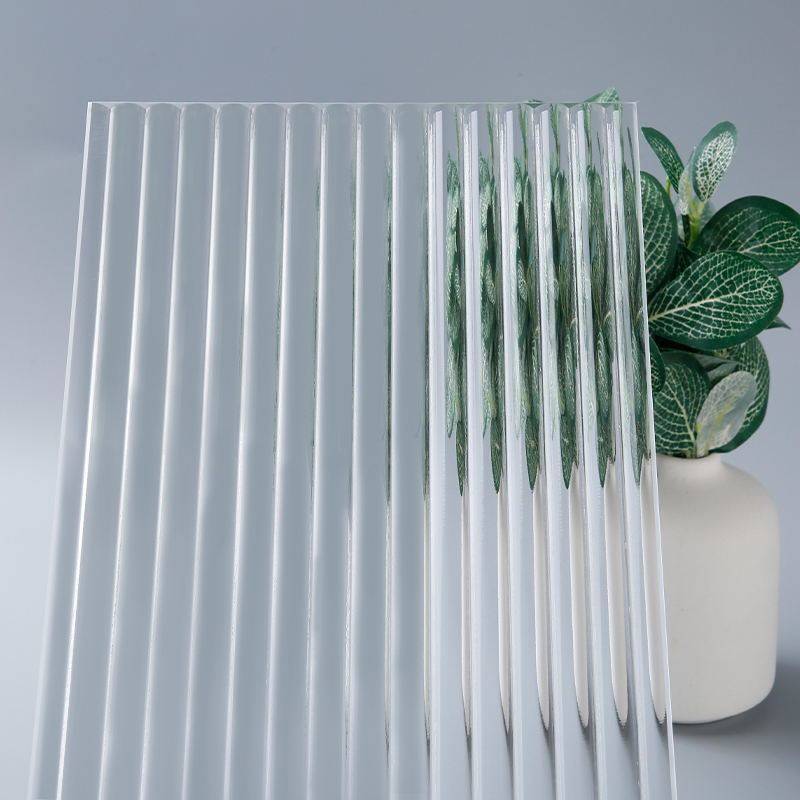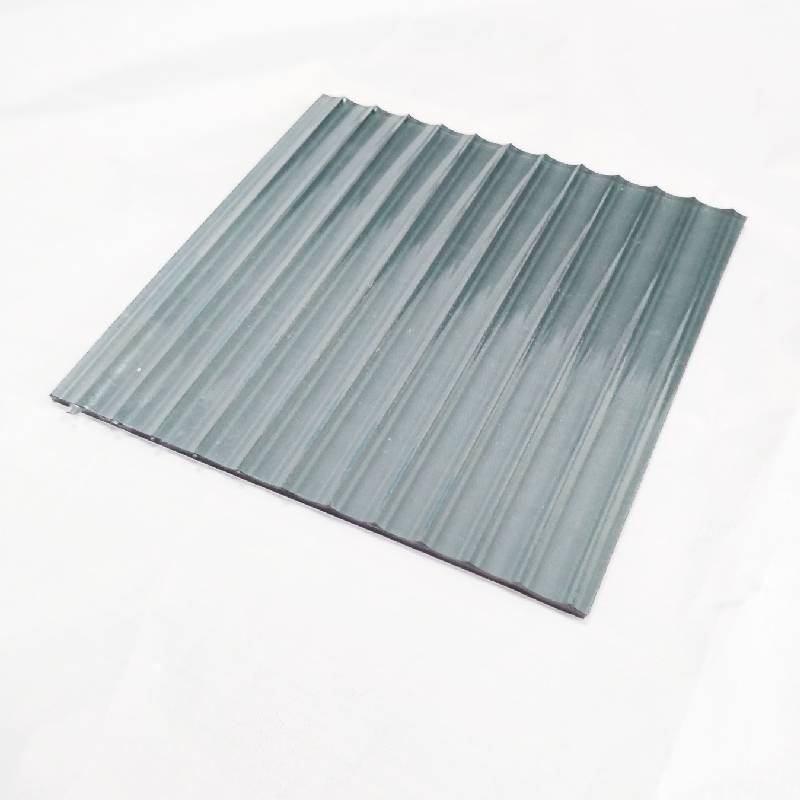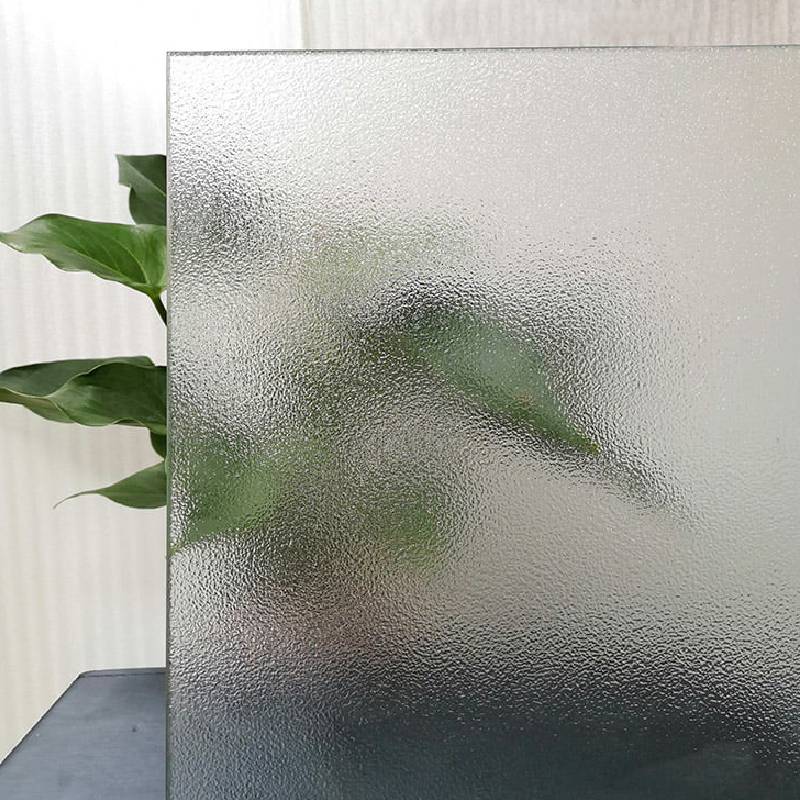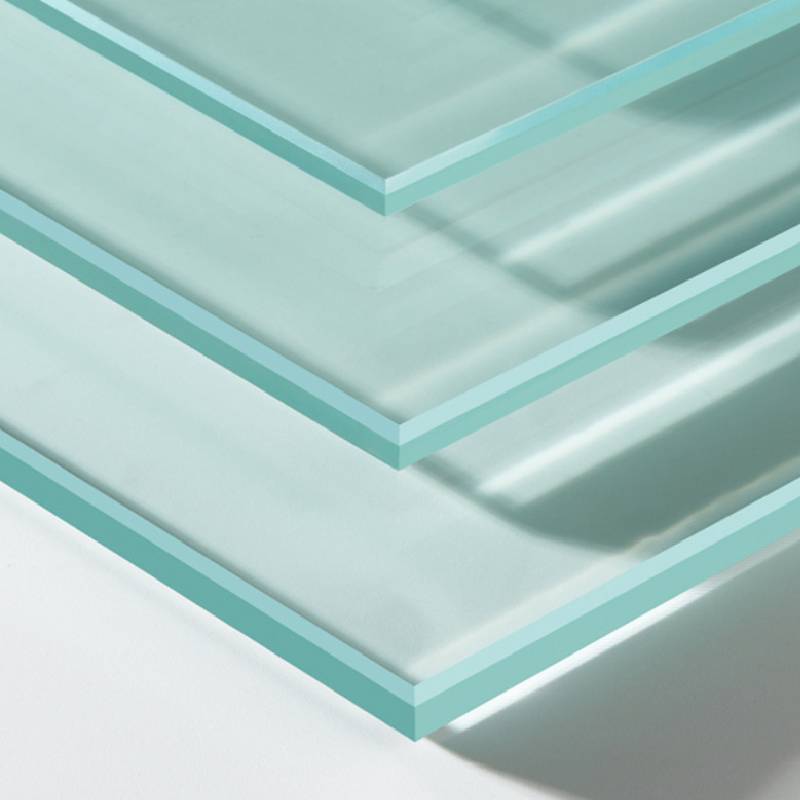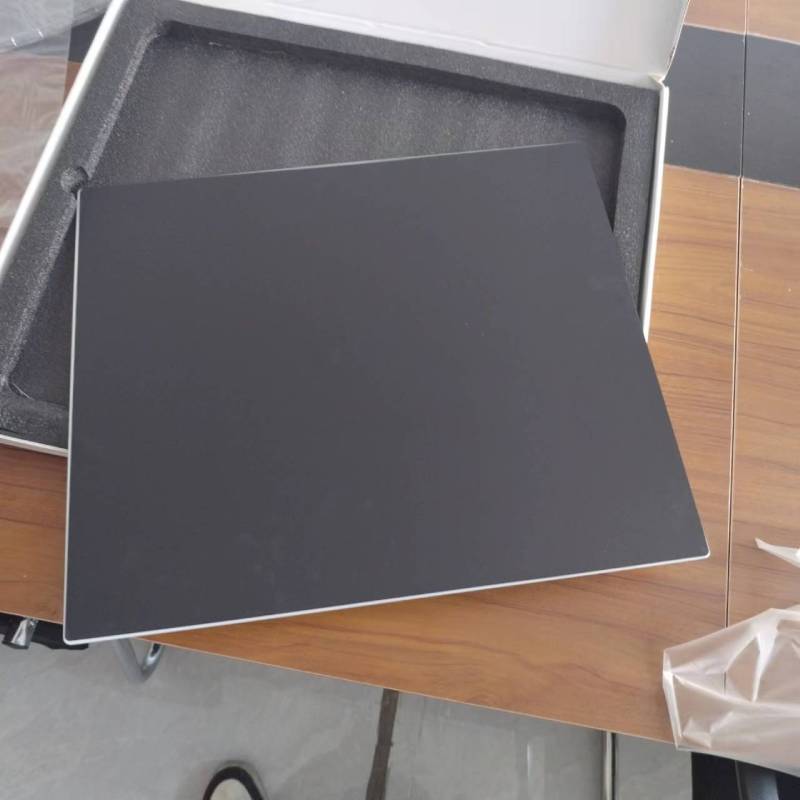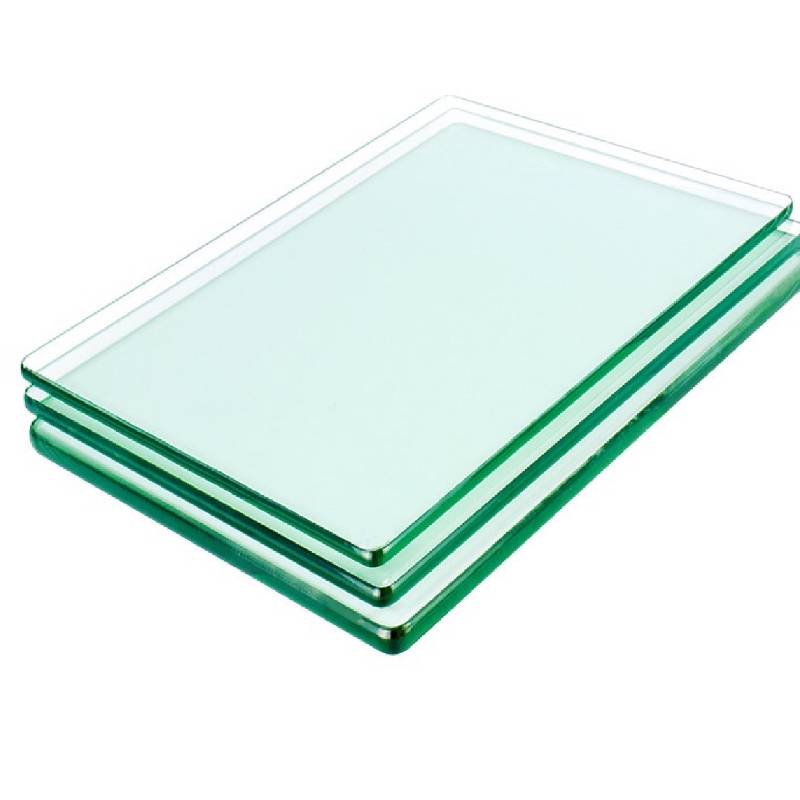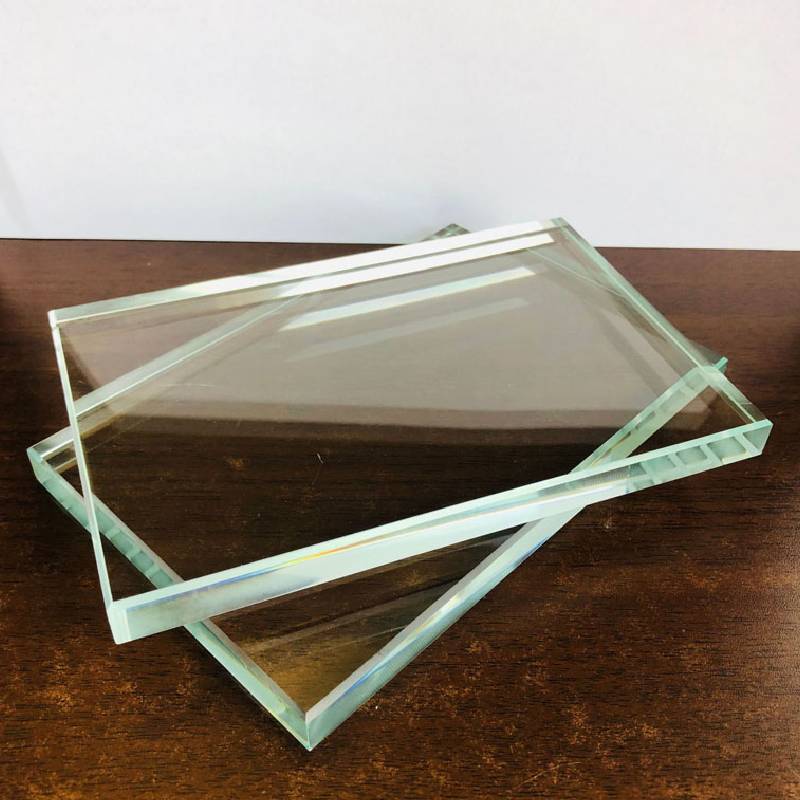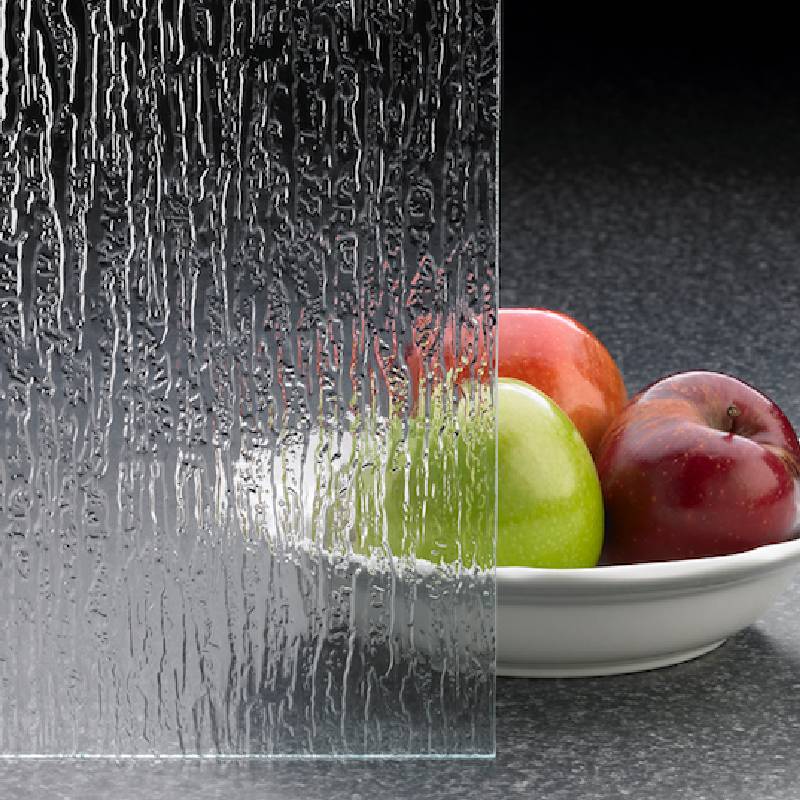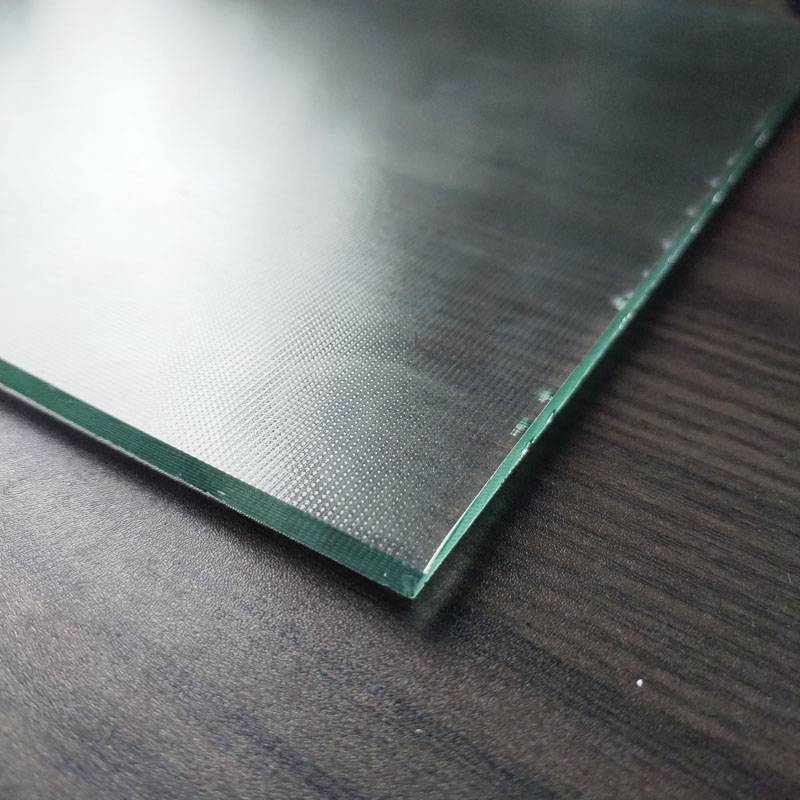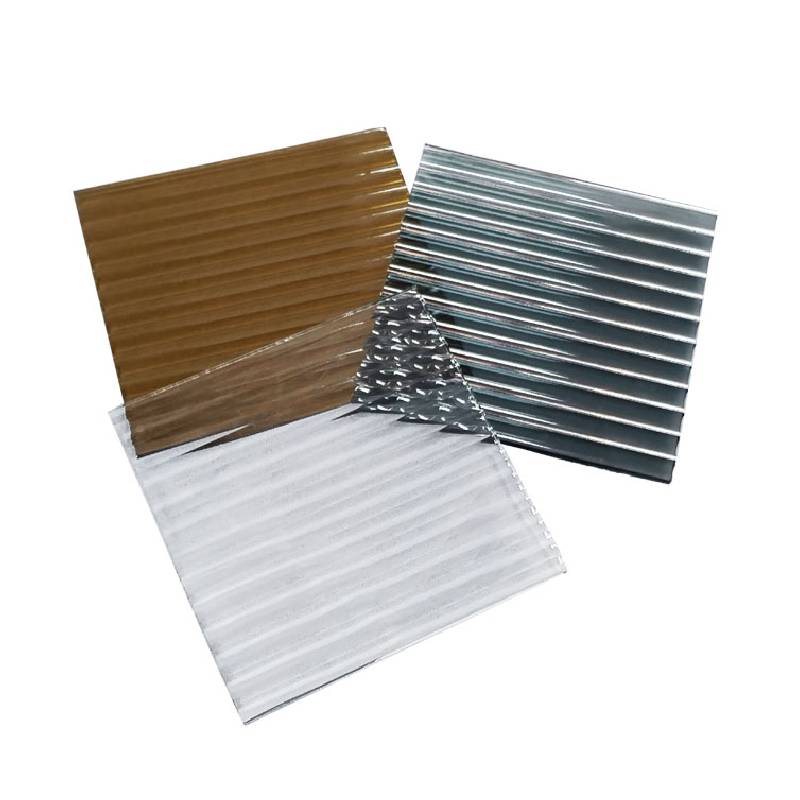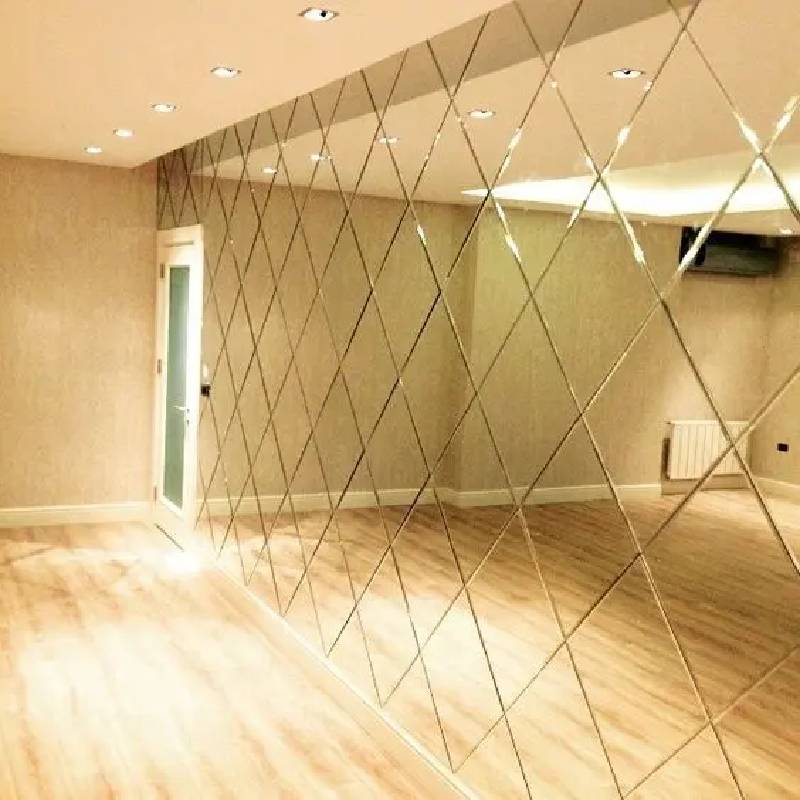- 1. Raw material selection: The process starts with the selection of high-quality raw materials, usually silica sand, soda ash and limestone. These materials were chosen for their purity and consistency, as they greatly influence the final quality of the glass.
2. Ingredients: The selected raw materials are accurately weighed and mixed together in specific proportions. This mixture, called a batch, is loaded into a furnace and melted.
3. Melting: The batch is fed into a furnace that is heated to extremely high temperatures, typically between 1,500 and 1,700 degrees Celsius (2,732 and 3,092 degrees Fahrenheit), depending on the type of glass being produced. Intense heat melts the batch into a viscous liquid called molten glass.
4. Shaping: Once the molten glass reaches the desired consistency, it is formed into the desired shape. This can be done by various methods such as blowing, pressing or moulding. For Moru glass, which often has intricate patterns, techniques such as glass blowing or hand shaping can be used to achieve the desired design.
6. Annealing: Newly formed glass undergoes a process called annealing to eliminate internal stress and strengthen the glass. This involves gradually cooling the glass at a controlled rate to ensure an even temperature distribution throughout the material.
7. Finishing: After annealing is complete, inspect the glass for any defects or blemishes. Any rough edges or sharp points are smoothed away, and the final product is cleaned and polished to enhance its appearance.
- 1. High transparency
Moru glass uses high-quality glass raw materials with high purity, so the transparency is very good and can provide excellent visual effects.
2. A sense of haziness
The vertical line texture of Moru glass has a simple geometric beauty and hazy feeling, which can have a semi-covering effect while maintaining spatial transparency.
3. Transparent but not see-through
Moru glass itself is glass, with the characteristics of glass itself transmitting light. In addition, due to its own grooves with a blurred matte surface, the reflected light, plants or decorations on the other side of the glass can be out of focus. More hazy beauty.
4. Good appearance and wide application
As a high-quality, high-transparency glass material, Moru glass has a variety of functions and functions. It has been widely used in construction, home decoration, automobile and other fields.
Clear Moru glass, ultra clear Moru glass, gray Moru glass, bronze Moru glass, golden Moru glass.
Regular thickness: 4mm, 5mm, 6mm, 8mm, 10mm
Regular size 2000*2440mm, 2100*2440mm, 2100*2800mm, 2100*3300mm
 afrikanisch
afrikanisch  albanisch
albanisch  Birmanisch
Birmanisch  Arabisch
Arabisch  Armenisch
Armenisch  Aserbaidschanisch
Aserbaidschanisch  baskisch
baskisch  Belarussisch
Belarussisch  Bengali
Bengali  bosnisch
bosnisch  bulgarisch
bulgarisch  katalanisch
katalanisch  Cebuano
Cebuano  Kasachisch
Kasachisch  kroatisch
kroatisch  Tschechisch
Tschechisch  dänisch
dänisch  Niederländisch
Niederländisch  Englisch
Englisch  Esperanto
Esperanto  estnisch
estnisch  finnisch
finnisch  Französisch
Französisch  Friesisch
Friesisch  galizisch
galizisch  georgisch
georgisch  Deutsch
Deutsch  griechisch
griechisch  Gujarati
Gujarati  Haitianisches Kreolisch
Haitianisches Kreolisch  Hausa
Hausa  hawaiisch
hawaiisch  hebräisch
hebräisch  Nein
Nein  Miao
Miao  ungarisch
ungarisch  isländisch
isländisch  igbo
igbo  Indonesisch
Indonesisch  irisch
irisch  Italienisch
Italienisch  japanisch
japanisch  Javanisch
Javanisch  Kannada
Kannada  Kasachisch
Kasachisch  Khmer
Khmer  Ruandisch
Ruandisch  Koreanisch
Koreanisch  kurdisch
kurdisch  Kirgisisch
Kirgisisch  TB
TB  Latein
Latein  lettisch
lettisch  litauisch
litauisch  Luxemburgisch
Luxemburgisch  mazedonisch
mazedonisch  Malgashi
Malgashi  malaiisch
malaiisch  Malayalam
Malayalam  maltesisch
maltesisch  Maori
Maori  Marathi
Marathi  mongolisch
mongolisch  Myanmar
Myanmar  Nepali
Nepali  norwegisch
norwegisch  norwegisch
norwegisch  Okzitanisch
Okzitanisch  Paschtu
Paschtu  persisch
persisch  Polieren
Polieren  Portugiesisch
Portugiesisch  Punjabi
Punjabi  rumänisch
rumänisch  Russisch
Russisch  Samoan
Samoan  schottisch Gälisch
schottisch Gälisch  serbisch
serbisch  Englisch
Englisch  Shona
Shona  Sindhi
Sindhi  Singhalesisch
Singhalesisch  slowakisch
slowakisch  Slowenisch
Slowenisch  somali
somali  Spanisch
Spanisch  Sundanesisch
Sundanesisch  Suaheli
Suaheli  Schwedisch
Schwedisch  Tagalog
Tagalog  Tadschikisch
Tadschikisch  Tamil
Tamil  Tatarisch
Tatarisch  Telugu
Telugu  Thai
Thai  Türkisch
Türkisch  Turkmen
Turkmen  ukrainisch
ukrainisch  Urdu
Urdu  Uigurisch
Uigurisch  Usbekisch
Usbekisch  Vietnamesisch
Vietnamesisch  Walisisch
Walisisch  Helfen
Helfen  Jiddisch
Jiddisch  Yoruba
Yoruba  Zulu
Zulu 

